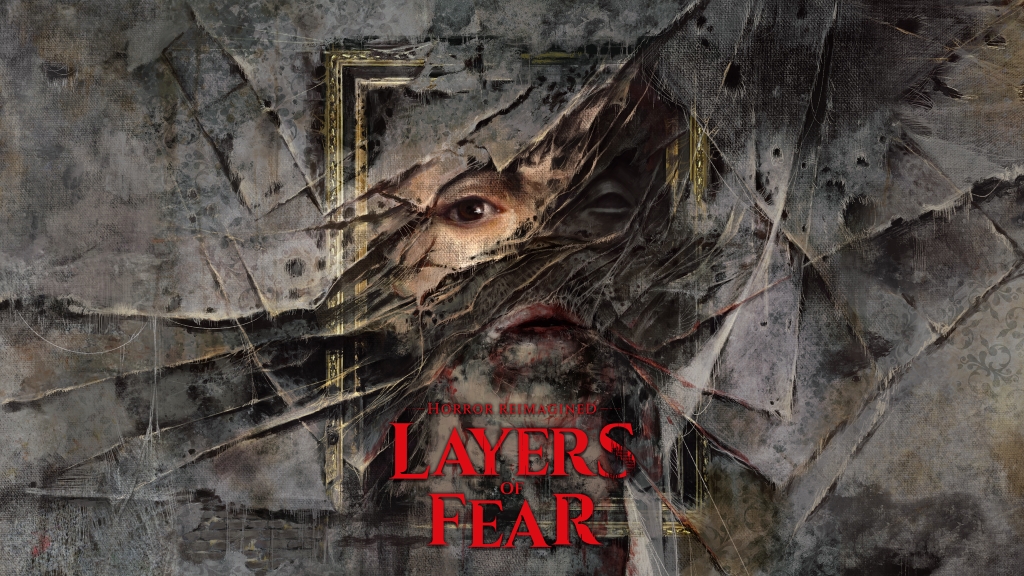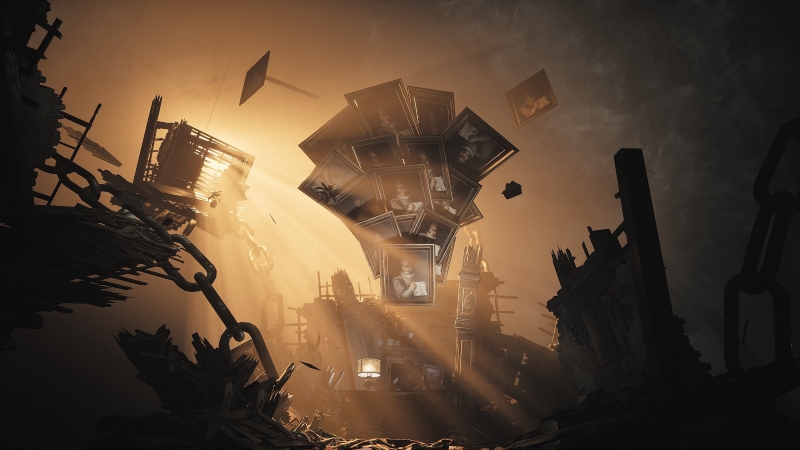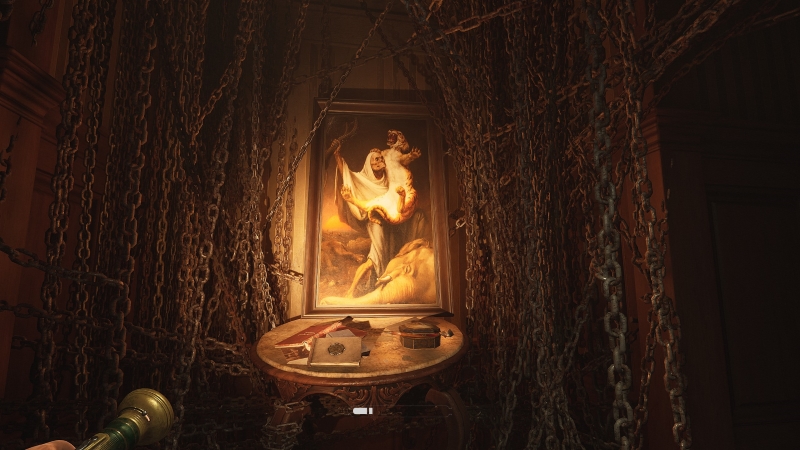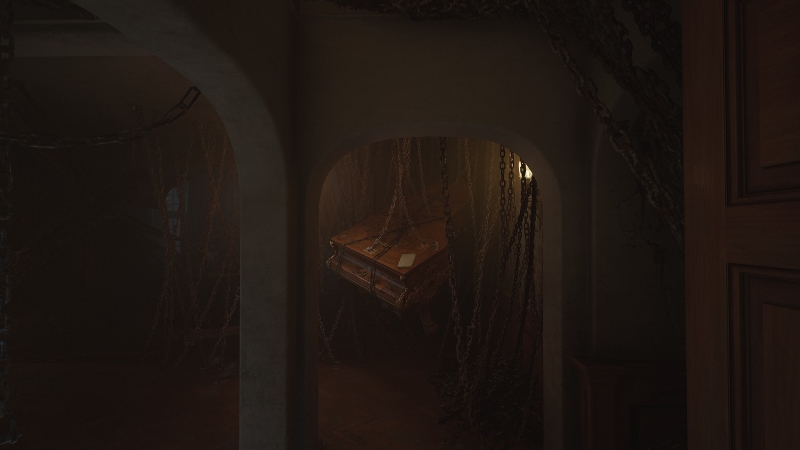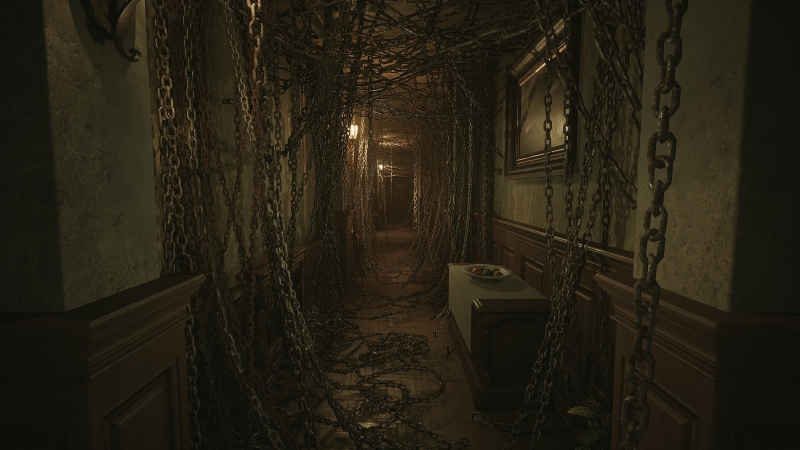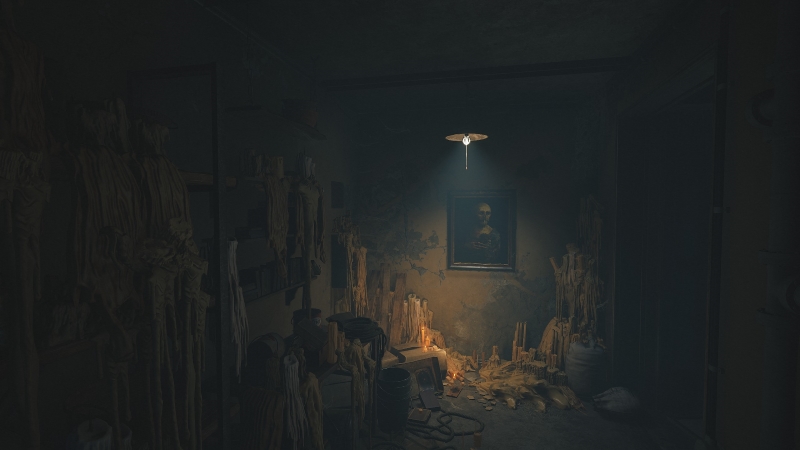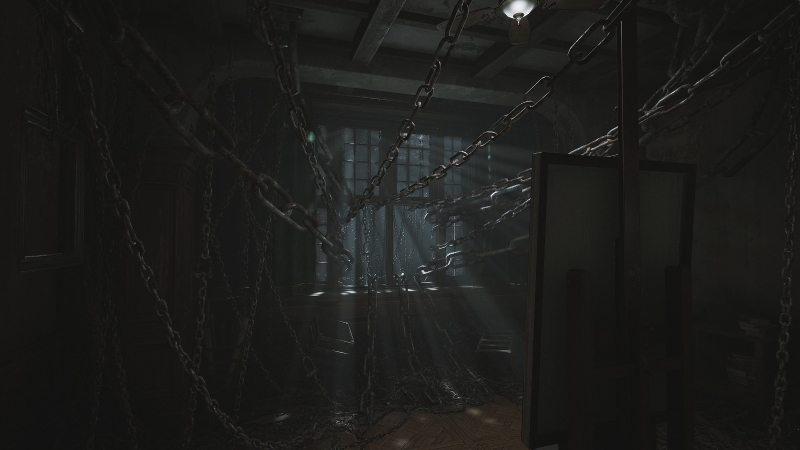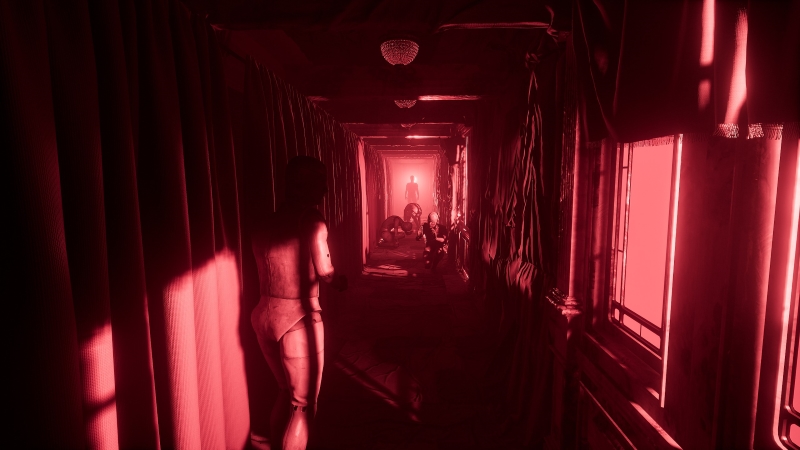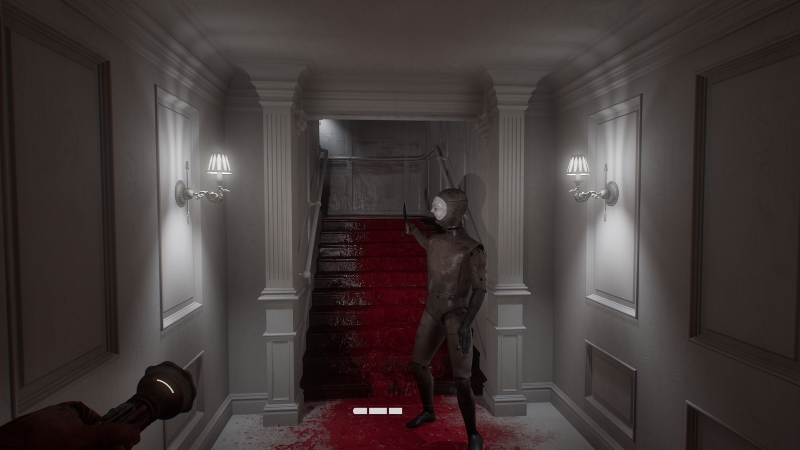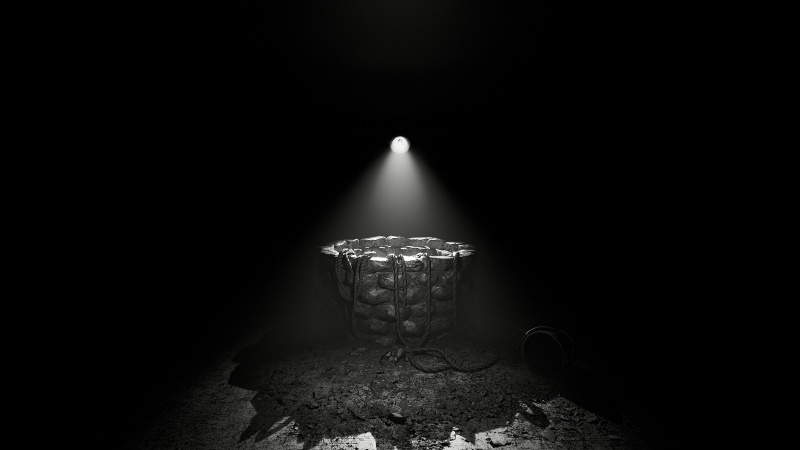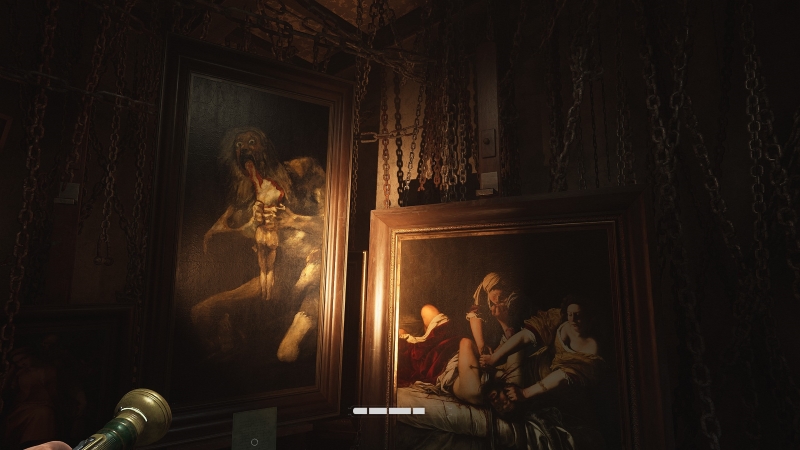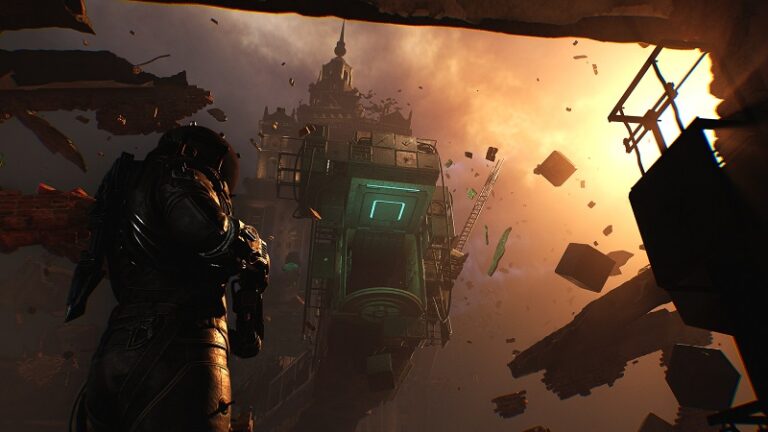When Bloober Team released the original Layers of Fear in 2016, it was essentially the first-to-market of what would become an entire genre of horror games that have since followed (and still continue today) of games that follow in the wake of an attempt to imitate Konami’s canceled P.T. project.
It caught on fairly well and became a bit of a darling during the early age of video game live streaming that was taking off around the time it was released, and the industry has never looked back.
At this point, it’s pretty fair to say there are literally hundreds of games that have now come to imitate Layers (and P.T., by association) but LoF has continued to be in the gaming consciousness ever since and also had a sequel released in 2019. Now, Bloober has decided to return to the franchise once more, but this 2023 iteration of the series may not be quite what you think it is.
While it may be easy to think this new game with an old title is a remake, given the state of the video games industry in the last several years and the frequency of remakes we’ve been seeing, Layers of Fear 2023 is not quite that. As the developers state in the official marketing, this is what they like to call a re-imagining, but also a cohesive collection of the whole series of games that bear that name, with a few twists and updates, and a handful of new content to wrap it all together.
While we won’t be going into great detail about the intricacies of each previously-released game, we will be delving into the updates and changes made to those games, as well as all the new things this latest entry has to offer.
I’ll get this out of the way first and just say that I never liked P.T. or the original Layers of Fear, and think that everything Bloober Team has done since has far surpassed what the original LoF was able to accomplish. Having said that, this package has given me an opportunity to reassess my thoughts on the series and see if anything has changed with the years and with the new presentation LoF (2023) presents.
With that said, let’s get started with the “framing story” that’s been added to this package here, which serves as an over-arching narration within which all the other parts of the game weave in and out. This story involves a woman in a lighthouse who is a struggling writer and is having some strange happenings going on around her new writing project, which she has come to the lighthouse to complete. She is writing the stories of the characters from the previous Layers games and has some kind of knowledge of everything that happened in those games’ stories, so this also serves as a sort of “hub world” from which you end up re-visiting the previous games in the series.
The story segments of this new Writer’s Story are segmented in between every few chapters of playing through the original LoF games, starting with the first game (here named the Painter’s Story) as well as the Inheritance DLC (Daughter’s Story), the new Musician’s Story, and Layers of Fear 2 (Actor’s Story).
This story attempts to tie them all together in some way from the perspective of this writer, in a timeline that takes place in the 1950s. Unfortunately, like most of the rest of the Layers series, this story moves at a crawling pace. It doesn’t have much interesting going on until towards the end when revelatory story beats finally start to show up, but these segments usually don’t last more than a few minutes at a time, so they aren’t all that much of a bother.
From the main menu of the game, you can just choose any chapter or story of the game and start from there if you don’t want to experience the new Writer’s Story, but that option is best reserved for future play-throughs, but it’s nice that the option is there. The first thing to tackle aside from the framing story is the changes and updates that were made to the original Layers of Fear in its presentation here, and I’d have to say that all these changes were for the better.
Aside from the updated visuals (now running in Unreal Engine 5), there are several changes and additions made to the gameplay as well as a handful of new areas, scenarios, and puzzles added in for a more well-rounded experience. While these new segments don’t drastically change the game or make it all that much longer, they do add more interactivity and immersion overall, which was much needed as far as the first game is concerned.
One of the biggest changes was the addition of a lantern mechanic, not only to light your way through the very dark areas of the game, but also to fend off a new pursuing enemy that chases you through several segments of the game, and this definitely adds a new element to the game that elevates it just slightly beyond what you’d call a “walking simulator.” While this mechanic doesn’t entirely transform the experience, it definitely made going through the first game much more tolerable this time around.
While the visuals of all the games were updated a bit and thrown into a new engine, most of the work that was done seems to just be an up-res to most of the textures and running at higher fidelity, but using all the original assets and models, making it feel closer to a remaster, albeit with some new areas and mechanics thrown in. The age of the first game definitely shows here in certain spots, since it still generally looks the same as it did before, just with a higher resolution and a bit more clarity. This is the same with the Inheritance DLC since it was also made around the same time with the same engine, but both games still generally look pretty good overall, but they feel like a game from the mid-2010s rather than a modern game.
As far as how the stories fare themselves, the original Painter’s Story (LoF1) and Daughter’s story (Inheritance) are both still quite a boring slog to get through and still mostly consist of walking into rooms, reading notes, then spinning around in circles or backtracking until something new appears, and this gets tiresome pretty quickly, even with the new lantern mechanics added in the first game. Inheritance had nothing new added besides updating some of the visuals, but no new segments or mechanics were added there, so it’s still just a short little 20-30 minute scavenger hunt with nothing very exciting going on.
That said, the games still have very stylish visuals, even by today’s standards, which was always the best element of these games, but good visuals can’t carry the weight of the experience alone here, and they still felt like a chore to finish.
Moving on to the next piece of entirely new content, the Musician’s Story is effectively a new DLC for the original Layers of Fear, from the perspective of the wife/mother of the story, and this Story ends up being much more enjoyable than both LoF and Inheritance. This Story also uses the lantern/pursuing enemy mechanic from the updated LoF 2023 to pretty great effect and has a little more puzzles and atmosphere than the other LoF chapters, with some very striking visuals that heavily use the metaphor of metal chains and shackles to represent many aspects of the character’s struggles with mental health, physical health, motherhood, societal expectations, and many other issues that befall her.
This is a fairly short story overall, being around 45-60 minutes to complete, but was a nice addition to the package with better pacing than the rest of the LoF1 content, even if it still suffers from some of the same shortcomings from a game design aspect.
Next up is Layers of Fear 2, or the Actor’s Story, which has also had new flashlight mechanics added to the game for a little bit of extra interactivity and more puzzles, further rounding out what was already a better game than the first LoF, even if it still has some of the same pitfalls and largely the same gameplay mechanics as the first game. The new mechanics definitely add a good amount of enjoyment to what was already a solid game, but LoF2 isn’t without its shortcomings, at the end of the day, even with the added gameplay.
The ending segments of the Writer’s Story don’t really wrap things up in a terribly satisfying way, even though the story’s few worthwhile beats all come towards the end, it just feels like a lackluster bookend to the whole series. The addition of this storyline feels like mostly filler at best, which is a shame, as it could’ve been an opportunity to give the history of the series a nice send-off, but as it stands, it just feels like an excuse to create a new character with unsatisfying dialogue and voice performance, and the hub world to navigate the different parts of the series from.
The game was tested on both a modern gaming PC and Steam Deck, and the results were impressive on both, with framerates staying high and steady, and controls feeling more responsive than ever with both a controller and keyboard/mouse combo. The overall experience is around 12-14 hours or so to play through all the content on a first playthrough, providing a good amount of play time all in one package.
If you’re already a fan of the series, this new package will present a new take on the series you already enjoy and provide some new content to satiate those looking for something more than just a remaster but don’t expect an entirely new experience overall. However, I can’t deny that the amount of content you’re getting for the $30 price tag here is quite worthwhile if you’re a fan or have never played the series, despite having an interest in it over the years.
However, if you’ve never been a fan of the series, this package definitely won’t change your mind, as the general pacing and passive nature of the series still bring things down to just being a fairly average experience overall, even if this is the best way to play it. Despite the shortcomings of the included games themselves, this is undoubtedly the definitive way to play the series in modern times, with everything in one place, and with the two substantial pieces of new content the game includes along with the new engine which makes the game look and feel better than it ever has before.
 (6.5 / 10)
(6.5 / 10)
Above Average
 (6.5 / 10)
(6.5 / 10)
 IDOLxISxDEAD
IDOLxISxDEAD